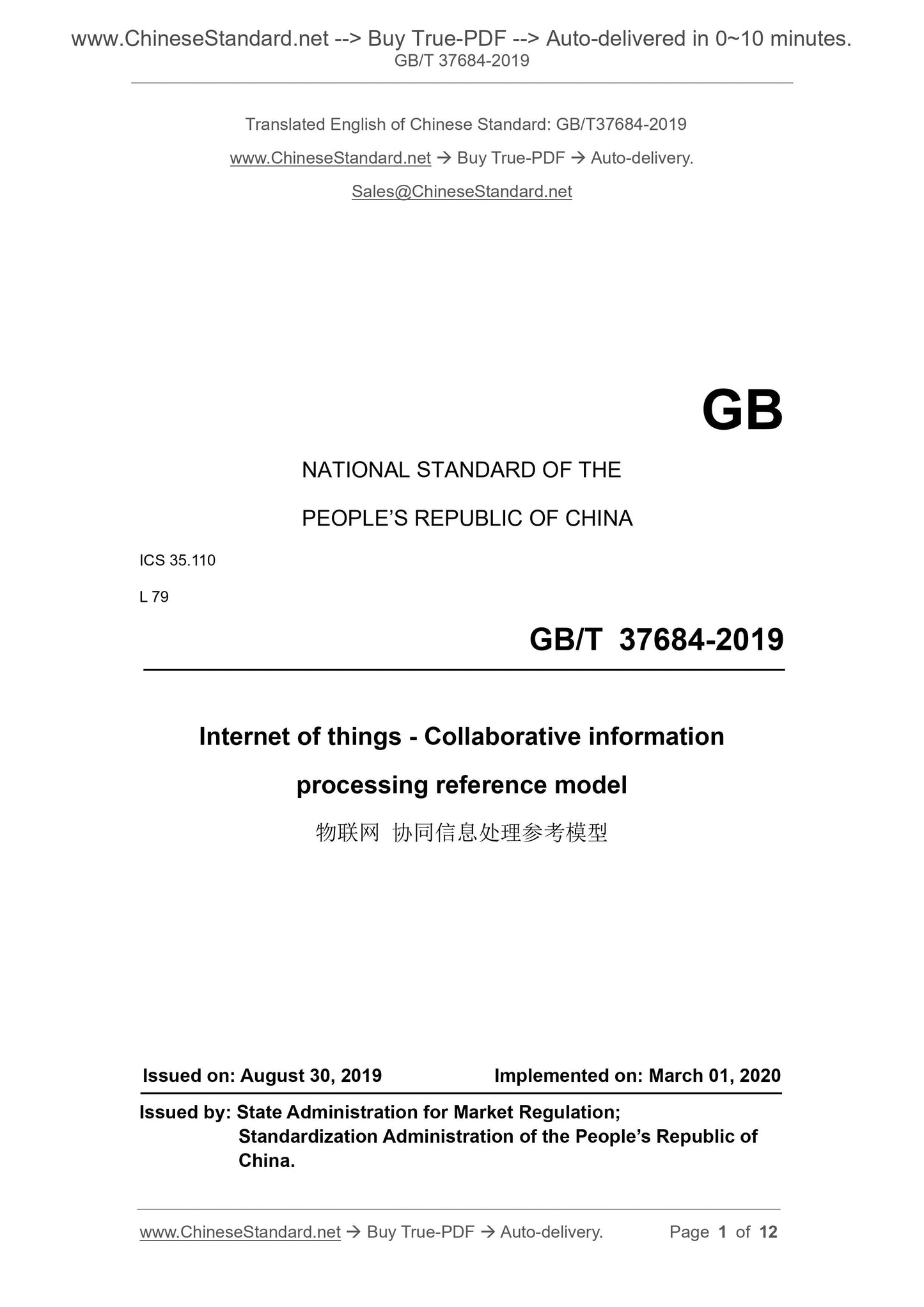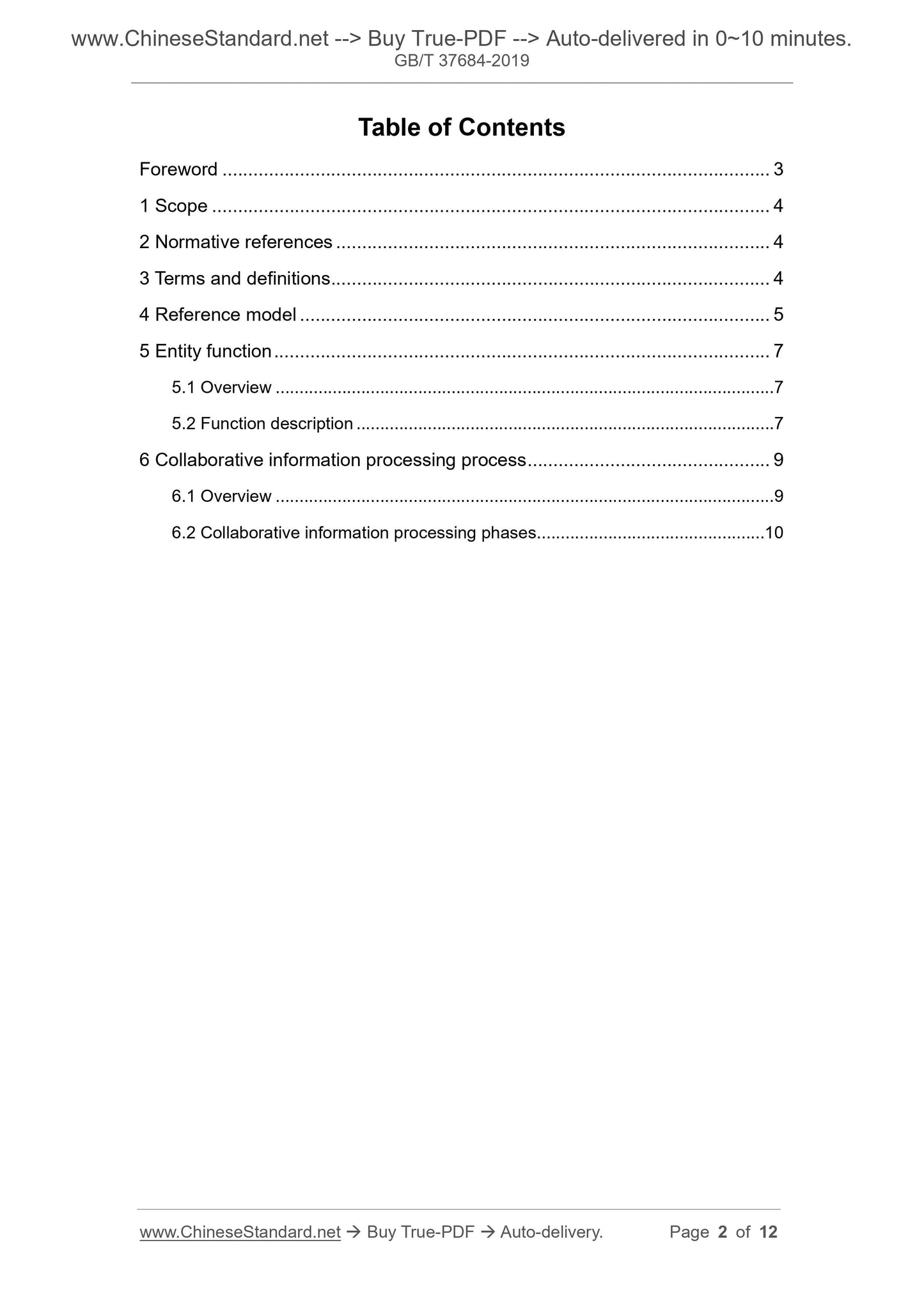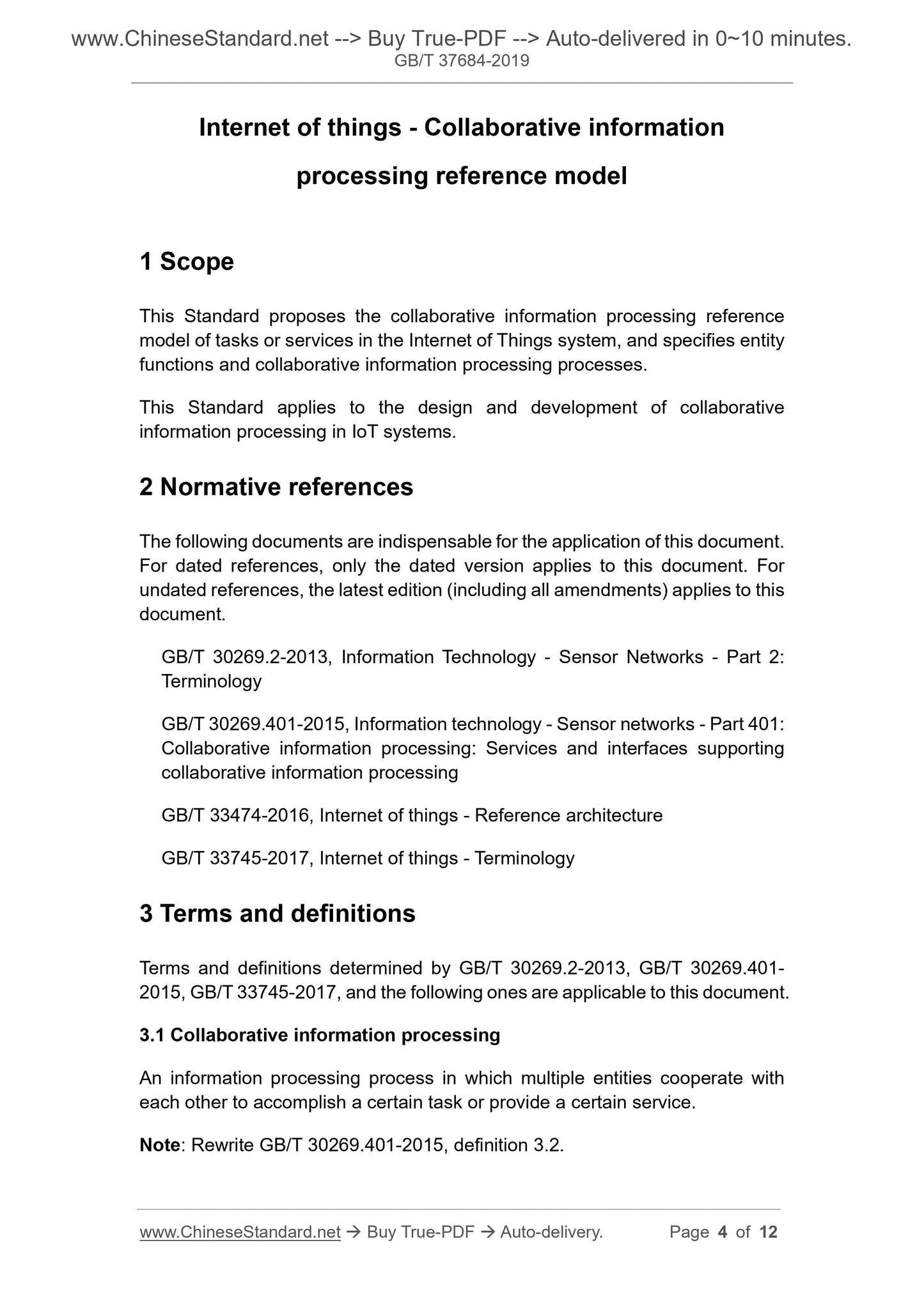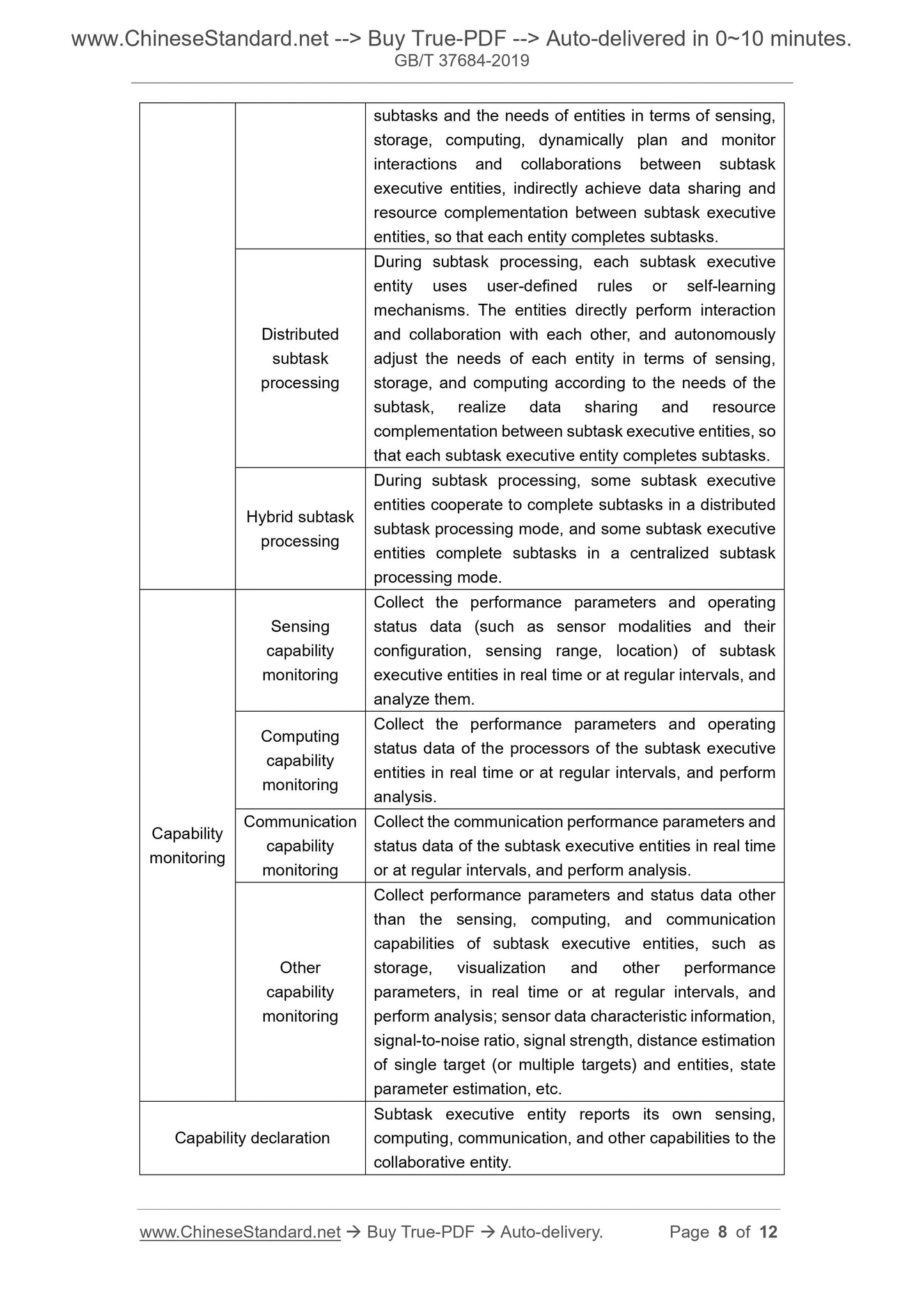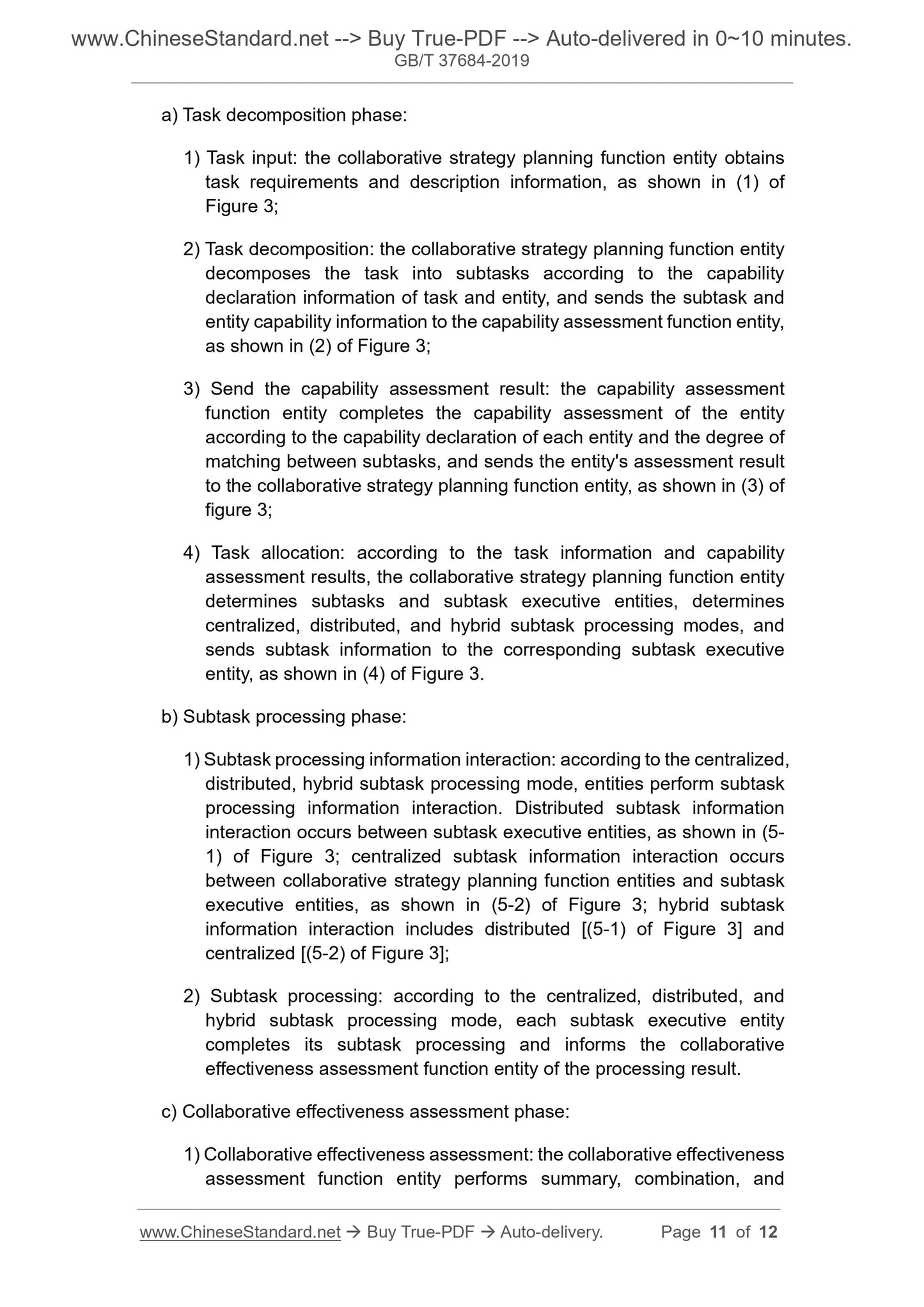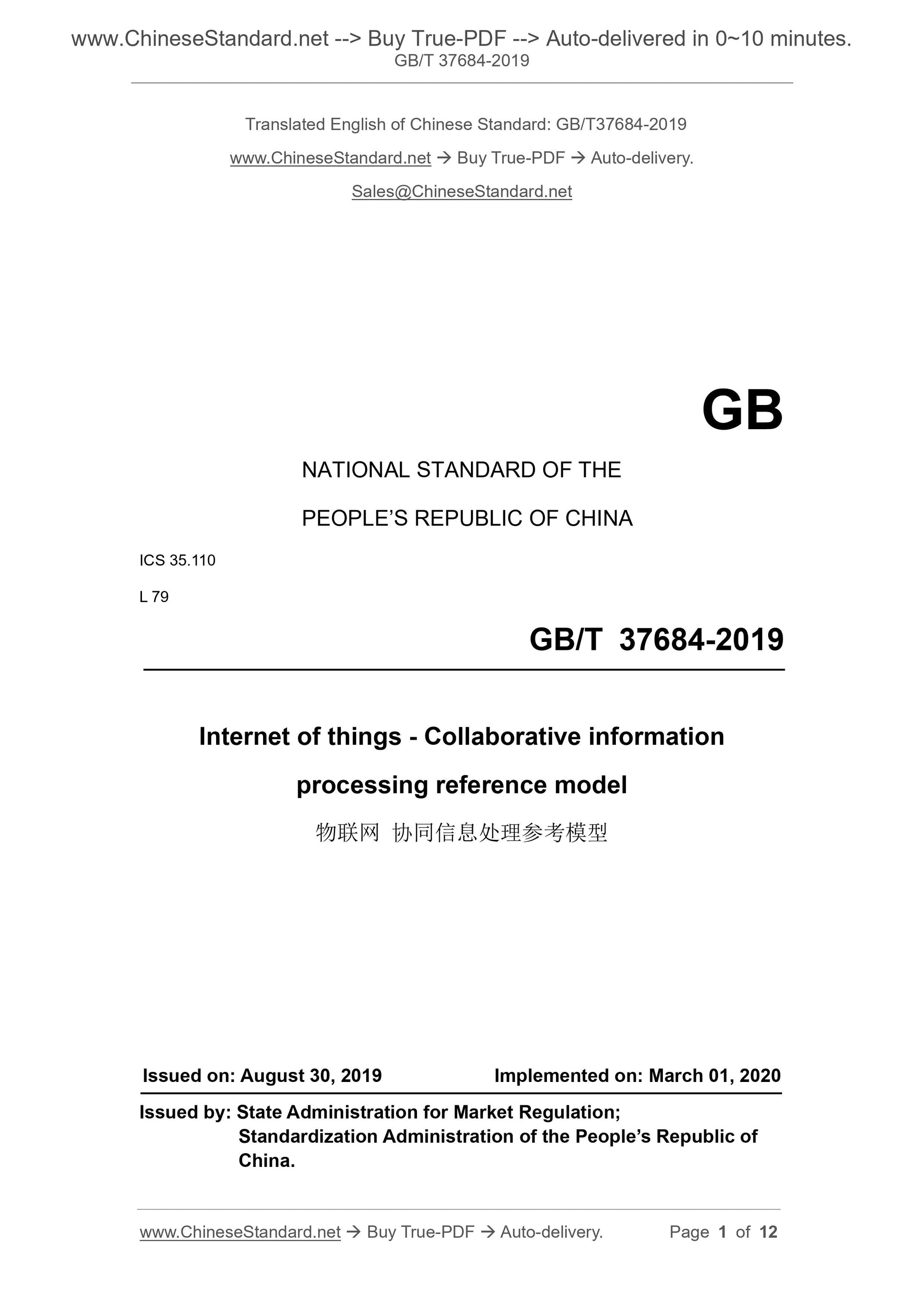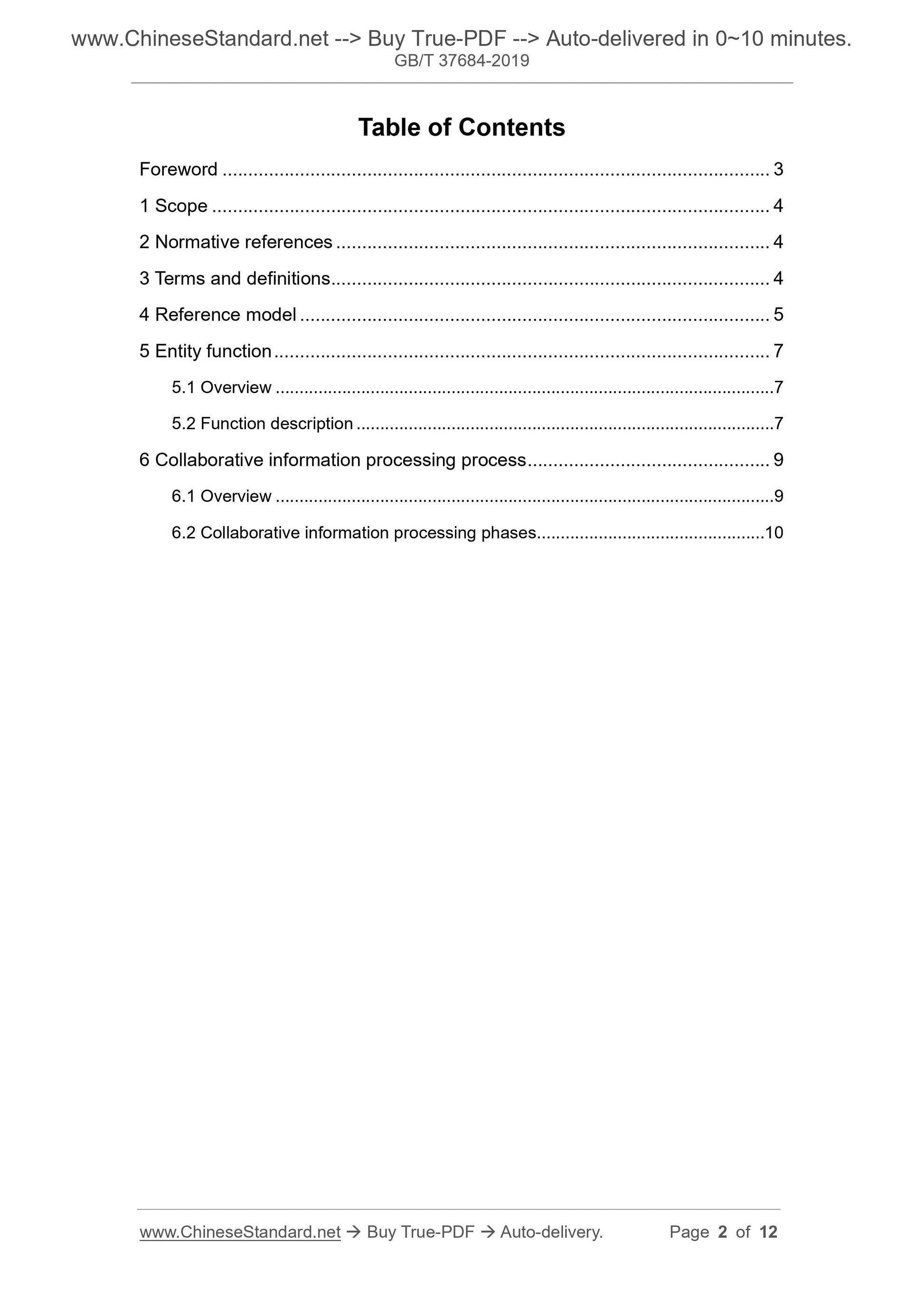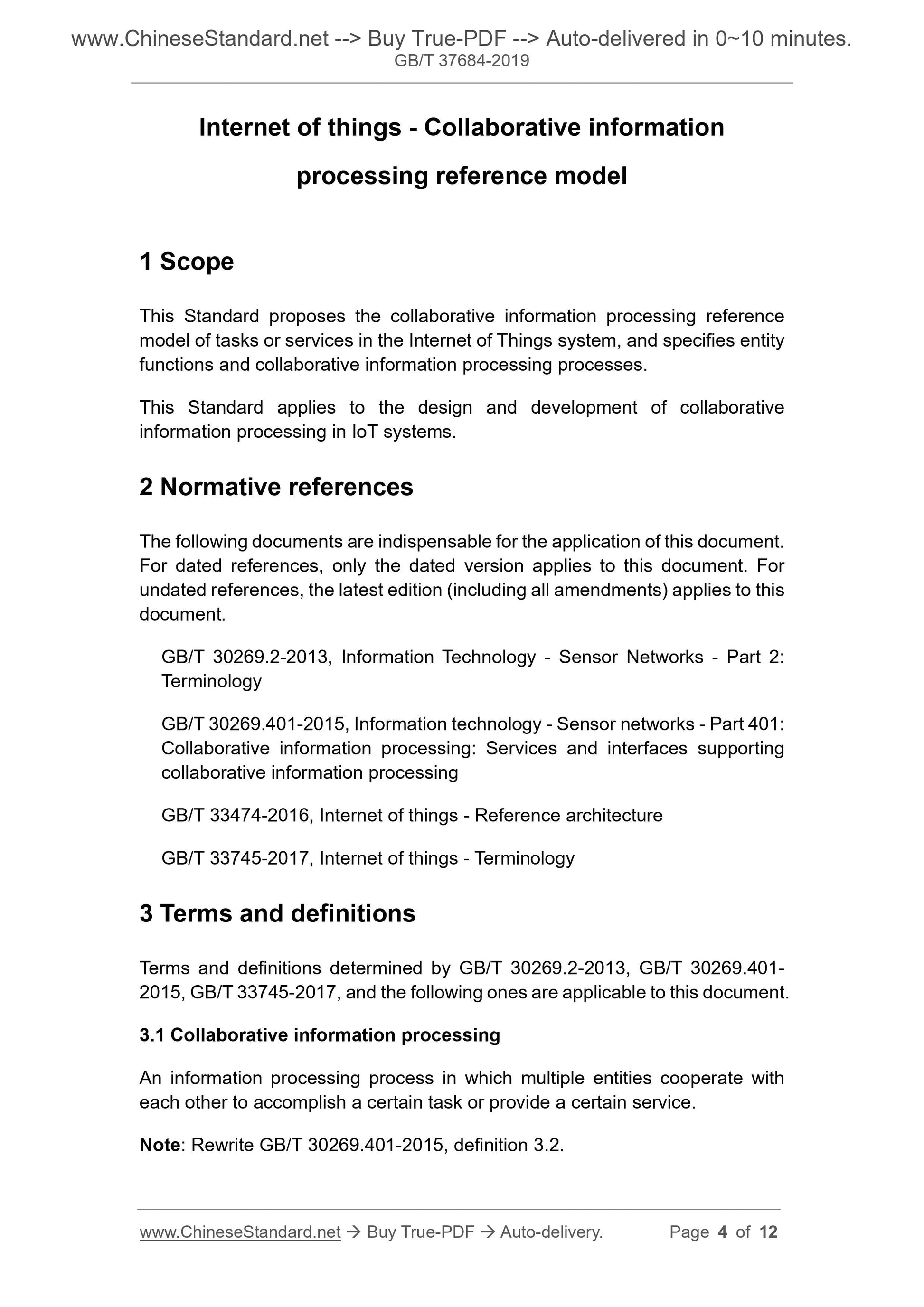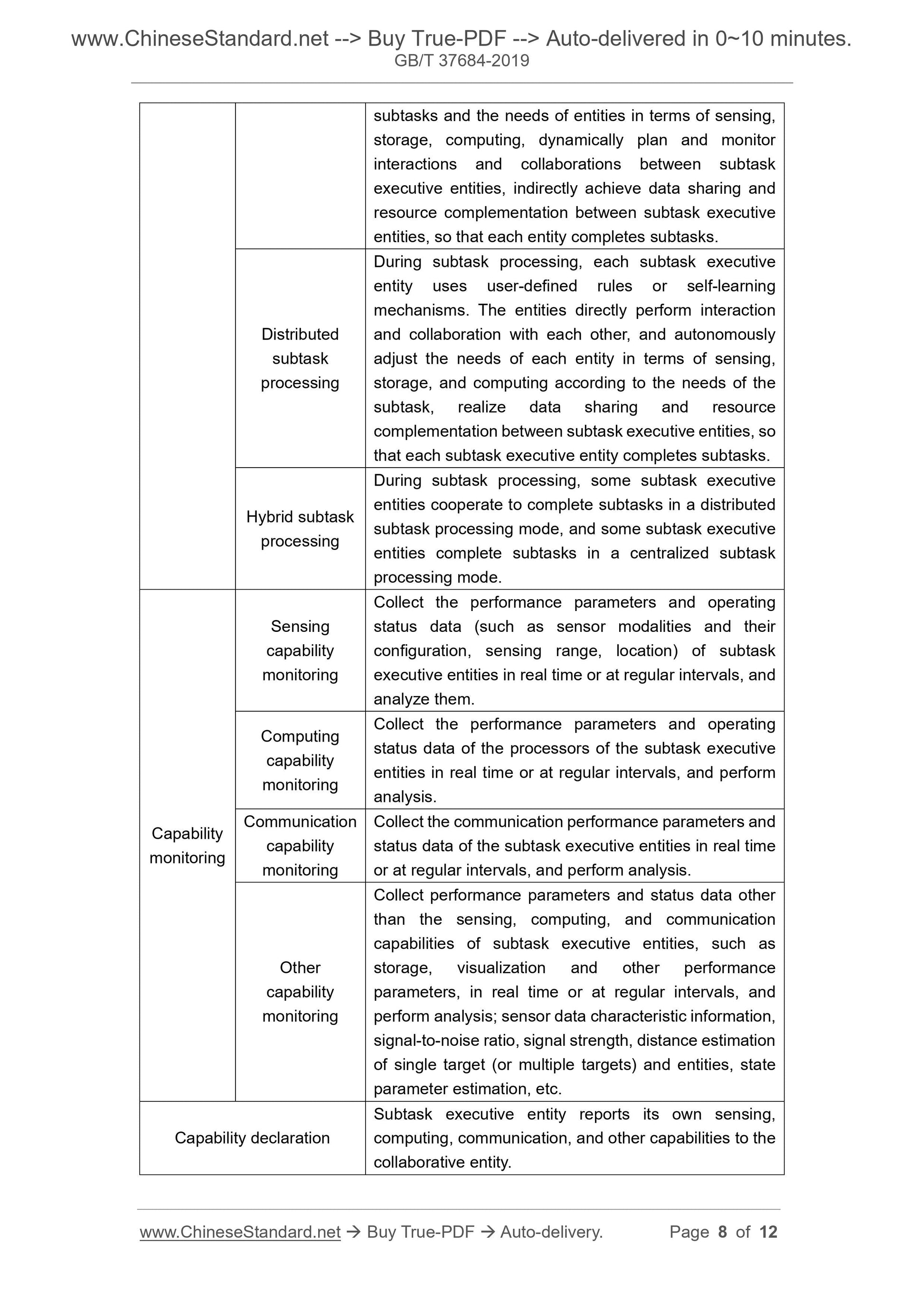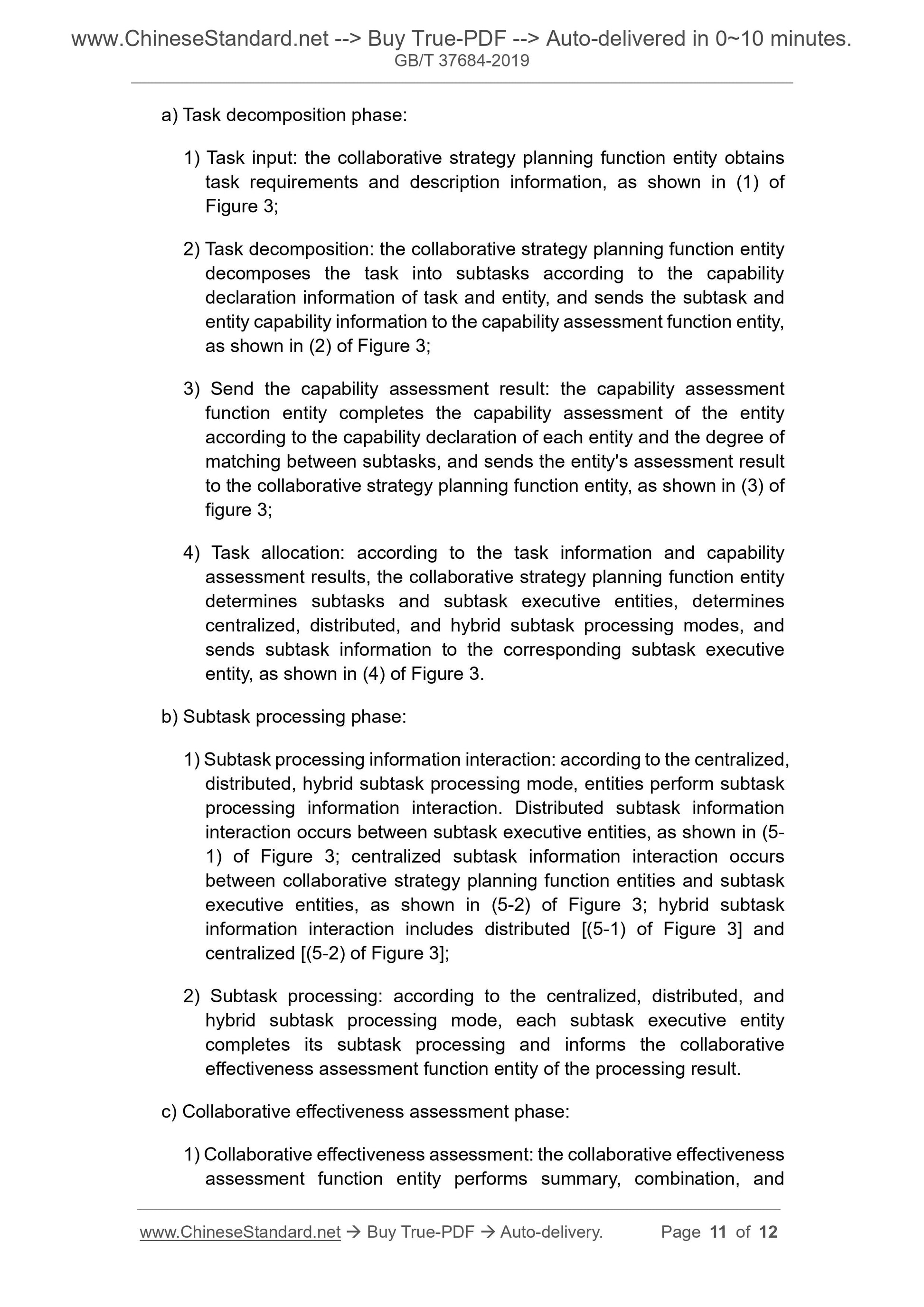1
/
of
5
www.ChineseStandard.us -- Field Test Asia Pte. Ltd.
GB/T 37684-2019 English PDF (GB/T37684-2019)
GB/T 37684-2019 English PDF (GB/T37684-2019)
Regular price
$150.00
Regular price
Sale price
$150.00
Unit price
/
per
Shipping calculated at checkout.
Couldn't load pickup availability
GB/T 37684-2019: Internet of things - Collaborative information processing reference model
Delivery: 9 seconds. Download (and Email) true-PDF + Invoice.Get Quotation: Click GB/T 37684-2019 (Self-service in 1-minute)
Newer / historical versions: GB/T 37684-2019
Preview True-PDF
Scope
This Standard proposes the collaborative information processing referencemodel of tasks or services in the Internet of Things system, and specifies entity
functions and collaborative information processing processes.
This Standard applies to the design and development of collaborative
information processing in IoT systems.
Basic Data
| Standard ID | GB/T 37684-2019 (GB/T37684-2019) |
| Description (Translated English) | Internet of things - Collaborative information processing reference model |
| Sector / Industry | National Standard (Recommended) |
| Classification of Chinese Standard | L79 |
| Classification of International Standard | 35.110 |
| Word Count Estimation | 10,137 |
| Date of Issue | 2019-08-30 |
| Date of Implementation | 2020-03-01 |
| Issuing agency(ies) | State Administration for Market Regulation, China National Standardization Administration |
Share
